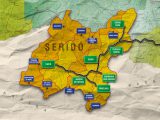Este post também está disponível em:
Português
English
The Seridó of Rio Grande do Norte is an important natural region of the semi-arid Northeast, figuring with particular importance alongside regions that integrate the dry region in the Northeast.
Anyone willing to delve into the sertão of Rio Grande do Norte – more precisely the region known as Seridó – will be surprised by the unique beauty of the semi-arid landscape and the rich culture of this area, which can be reached without difficulty by car from Natal.
Marked historically by livestock, mining and cotton cultivation, the cities of the Seridó have natural attractions (reservoirs and mountains), culinary gems (cheese, butter and carne-de-sol production), rich handicrafts (embroiderers and sculptors) and lively festivals (quadrilhas festival), as well as archaeological sites, mines and places of pilgrimage.
The Seridó of Rio Grande do Norte has quite specific physical-climatic aspects
- The climate is very hot and semi-arid, with an average rainfall of 550 mm/year, but characterized by a regiment of scarcity and uneven distribution of rainfall, but with an average insolation of 3,000 hours of sunlight per year combined with average temperatures always above 22°C.
- The predominant vegetation is low, cacti, spaced shrubs with permeating weeds and weedy patches.
- The soils are largely stony, characterized by shallow depth and quite sensitive to erosion.
- The contribution of the above factors entails limited agricultural suitability and it is difficult to find wide and continuous strips of arable land.
The region has 28 municipalities spread over three homogeneous zones, namely Caicó, Currais Novos and the Central Mountains.
Although it lacks infrastructure comparable to that of the capital, the sertão has cities with reasonable lodging and food offerings, such as Acari and Caicó, which can be the starting points for exploring neighboring cities on day trips.
Videos about Seridó in RN
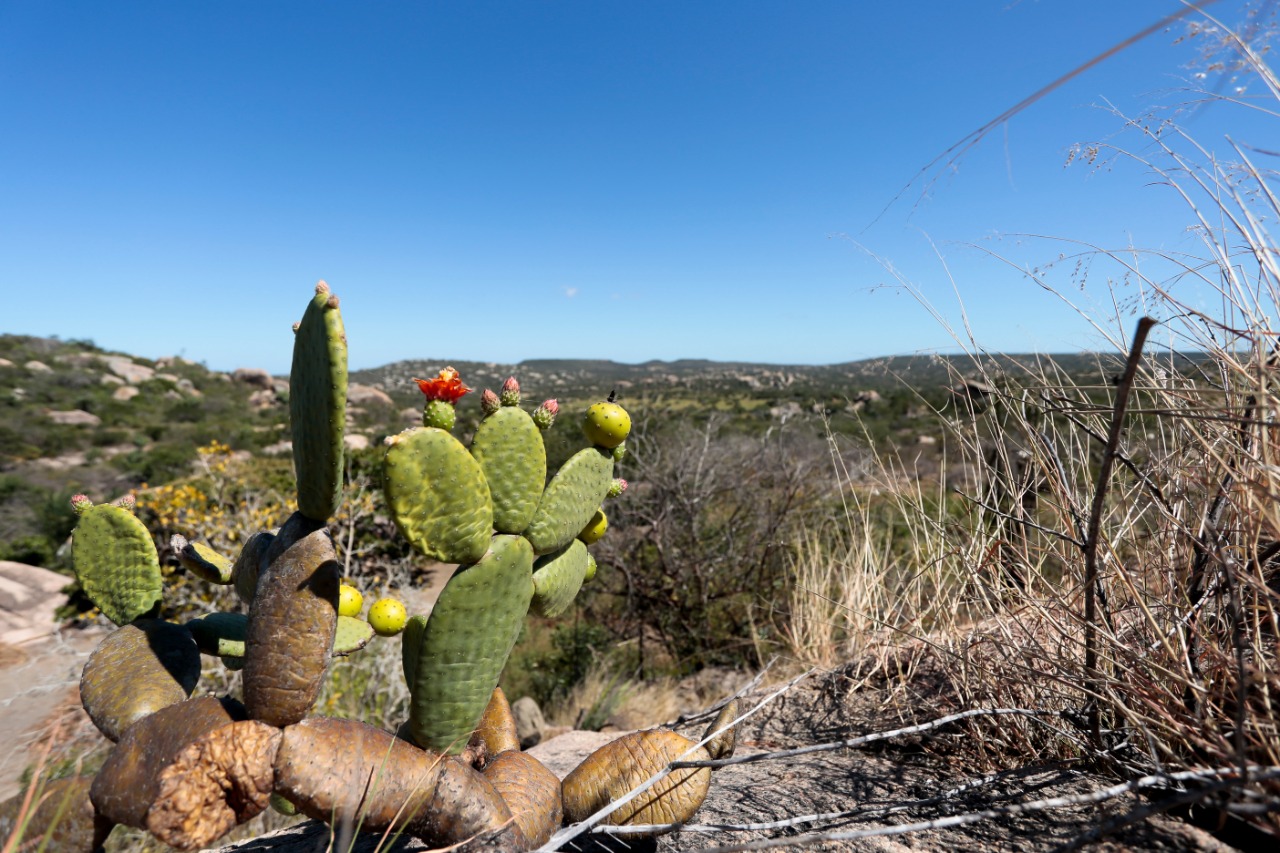

Seridó - Sertão do Rio Grande do Norte04:34
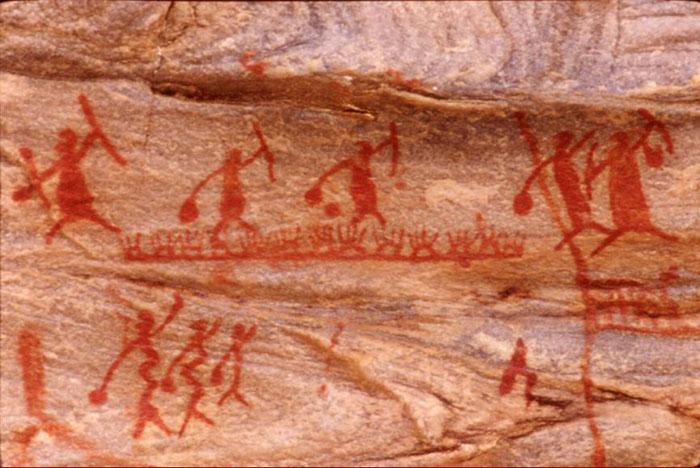
Seridó no RN
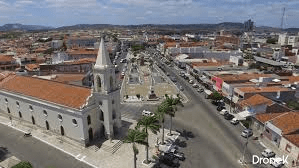
Conheça o cânion dos Apertados em Currais Novos
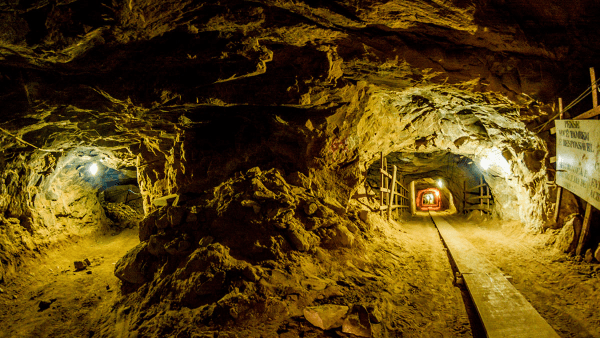
Mina Brejuí em Currais Novos RN

Castelo Di Bivar - Carnaúba dos Dantas RN
See the tourist map of Rio Grande do Norte
MAIN CITIES IN SERIDO
1. ACARI
The small Acari in the sertão, 210 kilometers from Natal by RN-226 to Currais Novos, and then by BR-427, is surrounded by a chain of pleasant mountains interspersed with water reservoirs – the geographical sinuosity earned it the nickname “muse of the Seridó”.

A municipality since 1833, the city’s main attraction is the Gargalheiras dam, in the basin of the Acauã River, 4 kilometers from the municipality’s headquarters, where much of the fish that feed the residents comes from.
Surrounded by yellowish rocky mountains (two of them with the surprising shape of a pyramid) covered with numerous large cacti, it forms a huge waterfall in winter.
Between February and March, when the water exceeds its capacity, it is bled, i.e. the water flows down the wall of the dam.
Local guides lead visitors on hikes around the dam, on trails of medium difficulty, lasting four hours.
The route can also be done by car. Another point of interest in Acari are the rock inscriptions that can be seen next to Artur’s well.
To reach it, you have to drive along a beautiful dirt road, amidst the wild landscape of twisted trees, for a 15-minute stretch followed by an easy, five-minute walk.
Nature lovers usually climb the Bico da Arara mountain range between April and October, when the caves receive thousands of swifts migrating from Africa.
The 40-minute climb is restricted to those who do not mind the inevitable discomfort of the route, marked by the dirt of the birds. It is best to go up around 5pm, during the flocks, to enjoy the magnificent view.
The Acari Historical Museum, housed in an imposing 1887 townhouse, tells the story of the town through objects and photos.
A replica of a rammed earth house and artifacts related to fishing, leatherworking and cotton farming help to paint a picture of the way of life of the Seridó sertanejo (Rua Antonio Basílio, 11, Centro).
It is also worth appreciating the church of Nossa Senhora do Rosário, dating from 1738, with its beautiful images of saints dating from the 18th century.
2. CAICÓ
Elevated to municipality in 1868, Caicó in the Sertão and Sérido is a well-structured city, which has all kinds of services and cultivates a lively nightlife – residents fill the squares, listening to music and snacking in the bars. It is 298 kilometers from Natal and has several dams, the most important of which is the Itans.
Its narrow banks are dangerous for drivers, especially on the curve that gives access to it. In addition to handicrafts, Caicó is known for its cuisine, with the production of carne-de-sol (sun-dried meat), cheeses (butter and rennet) and homemade cookies made with bottle butter.
Established in 1973, the Associação das Bordadeiras do Seridó offers handmade richelieu embroidery (Rua Otávio Lamartine, 603-B, Centro).
The typical carne-de-sol is sold at the Açougue Público Augusto Frade; there, look for the stand “O Regional”, where Hugo Régis de Medeiros, leader of the region’s meat producers and very skilled in cutting and salting technique, offers explanations about the trade (av.Seridó, s/n, Centro).
Caicó also has a number of small cheese factories producing cheese and butter. One of them is the Queijeria de Dona Gertrudes, where you can watch the preparation of the delicacy in a large pot heated over a wood stove.
After the last batch of cheese of the day, the rapas are added to the pot and enjoyed right there, sprinkled with sugar and cinnamon (Sabuji Irrigated Perimeter, s/n, rural area).
The city can be reached from Natal via the BR-304 to Macaíba, the BR-226 to Currais Novos, the BR-427 to Acari and the RN-288.
3. CURRAIS NOVOS
Located 187 kilometers from Natal by the BR-226, Currais Novos in the Sertão and serido complements the tour of the tourist who goes to Acari and Caicó. Although it has well-preserved houses, the landscape of this old corral raised to the city in 1890 has already been “modernized” in many areas.
Its great attraction is the annual quadrilhas festival, held in June: during the four days of the festival, forró takes over the central square, where stalls sell meat, cheese, cakes and all sorts of skewers.
After the peaceful presentation of the children’s quadrilhas, the heated competition begins, to the sound of cheering crowds, between the quadrilhas from the various towns of the Seridó, with live broadcast on a local channel.
The costumes are elaborate, with colors, sparkles and inventions, following the theme of the year – retirantes, cangaço, butterflies, etc. The groups and their leaders become celebrities in the region.
Currais Novos is home to the extinct Brejuí mine, which operated between 1943 and 1997 and was the largest scheelite mine – a tungsten ore – in South America.
During the visit, you can walk in an extensive underground tunnel – there are more than 60 kilometers of excavations -, observe the rails through which the ore was drained, the galleries and the large spans. When the lights go out, a special flashlight detects and shows the presence of ore in the rock.
The tour includes a tour of the mining headquarters, transformed into a museum with working objects, a description of the uses of scheelite and metal samples.
4. CARNAÚBA DOS DANTAS
This small Carnaúba dos Dantas in the sertão and serido founded in 1860 attracts researchers and tourists to its various archaeological sites. As it lacks lodging and food options, it is best to stay in Acari or Currais Novos, neighboring towns, and take a tour with local guides, preferably in June or July.
The sites are located around the municipality. The closest and most important is Xique-Xique, in the mountain range of the same name, 420 meters high. After about an hour’s climb, you reach a shelter where you can see rock paintings with a predominance of red tones.
They depict anthropomorphized figures in scenes of fighting, hunting, dancing and sex. The lightly traced graphics, painted with fine instruments, reveal an accurate painting technique.
Another local attraction is Monte do Galo, a cross with the image of Christ at the top of a hill.
According to tradition, cowboys who worked in the vicinity were impressed to hear the crowing of a rooster on the summit of the small mountain (formerly called Serrote Grande, now Serrote do Galo), a region without inhabitants; this created the mystique of the place, which became a pilgrimage point.
Access to Carnaúba dos Dantas from Natal is via the RN-226 to Currais Novos and then the BR-427. The entrance, a fork, is 12 kilometers after Acari.
Tourism and Travel Guide of the Sertão do R.N.
